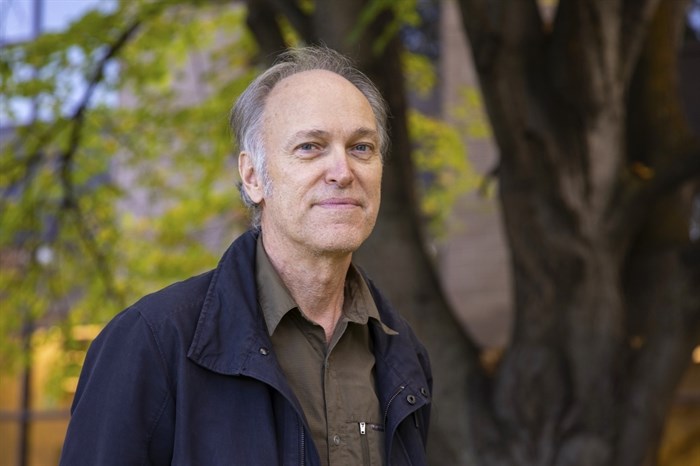Elevate your local knowledge
Sign up for the iNFOnews newsletter today!

A researcher at Thompson Rivers University in Kamloops looked at wildfires over the last 40 years to find out what are the biggest factors in wildfire severity.
“This is just another piece of the puzzle saying we’re seeing more fire and more extreme fire in terms of intensity and severity,” TRU researcher Dr. Mike Flannigan said. “Dry fuels really are a key aspect of understanding fire because the dryer the fuel, the easier it is for fire to start, the easier it is for fire to spread.”
Flannigan’s latest paper was recently published in the research journal Science where he and his co-authors looked at data from 1981 to 2021 to see if wildfire patterns have gotten more severe over time.
“It’s pretty bleak,” he said. “I would argue, though the paper doesn’t explicitly say this, it’s because of human-caused climate change.”
When Flannigan looks at severity he looks at the impact on the land like how many shrubs and trees are killed by wildfire and so on.
Flannigan’s research doesn’t help with the general anxiety around wildfires in B.C., but he says it’s part of the cumulative process to better understand wildfires.
“I like to think sometimes that science is a big puzzle and this paper is just one piece of a much larger puzzle,” he said. “I wish I had better news.”
READ MORE: Changing behaviour key to preventing destruction of homes by wildfire: Okanagan study
Flannigan works with BC Wildfire Service and Canada Wildfire. He said understanding how fuels work in a wildfire helps our ability to mitigate damage.
He said conifer trees like pine spread more embers over a farther distance than broadleaf trees like aspen.
Pairing this kind of fuel research with another recent study on the 2023 wildfires in the Okanagan that found most homes were ignited by embers helps decide which fires ought to be extinguished immediately and which fires should be allowed to burn.
It may seem doom and gloom but Flannigan said this data comes together to inform how to best distribute fire mitigation funds.
“Dollars are limited,” he said. “If you don’t know where the high-risk locations are then people that yell the loudest or fill out the paperwork get the funding, and some smaller communities don’t have the resources that larger communities can apply for.”
Want to share your thoughts, add context, or connect with others in your community?
You must be logged in to post a comment.